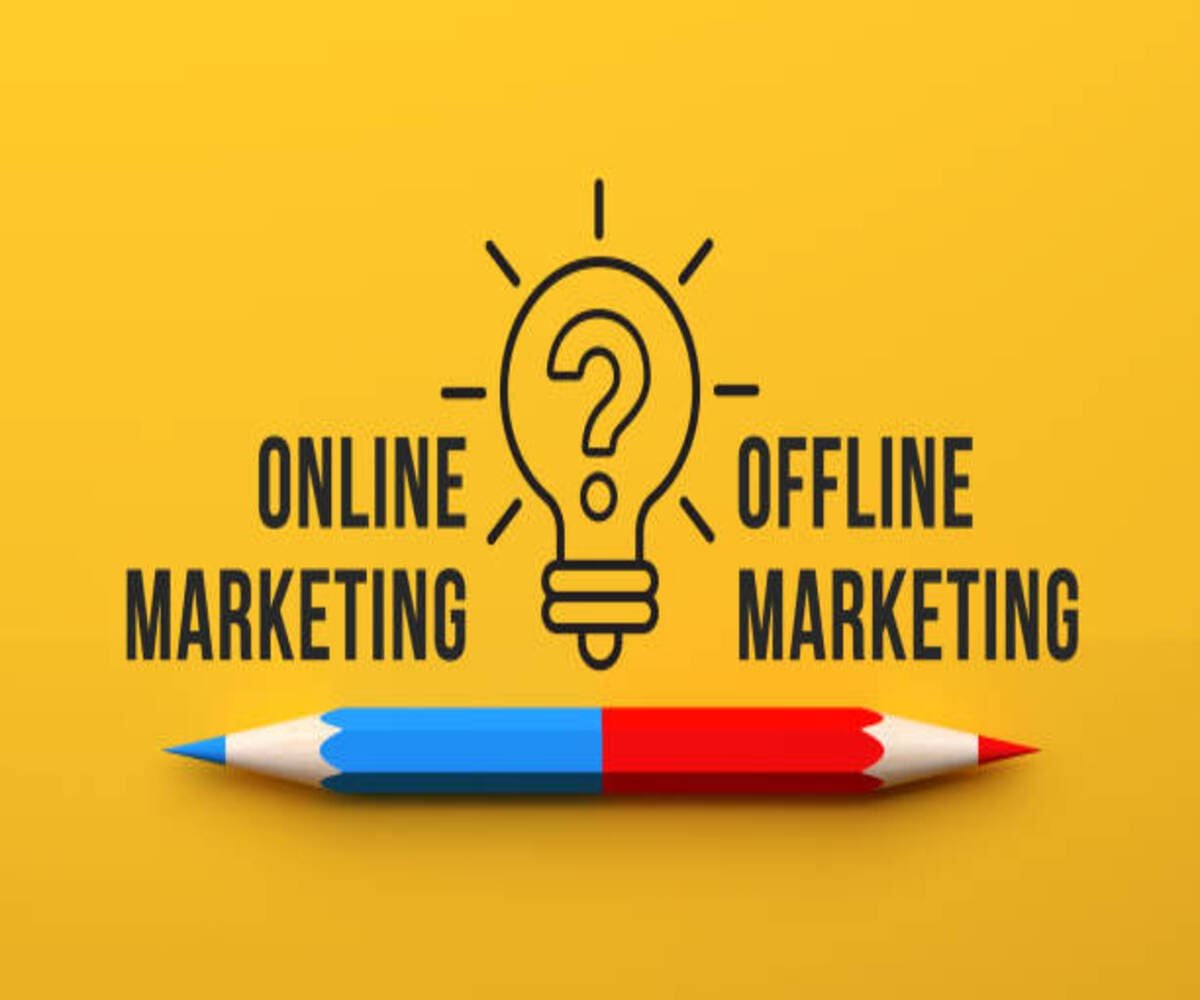Introduction
Marketing is essential for any business looking to attract and retain customers. However, one major decision businesses face is choosing between digital marketing and traditional marketing. Both have their strengths, but determining which one is right for your business depends on your target audience, budget, and marketing goals.
In this guide, we’ll compare digital marketing and traditional marketing, highlighting their differences, advantages, and the best scenarios for using each.
What is Traditional Marketing?
Traditional marketing refers to offline marketing methods that have been used for decades to reach consumers. These methods are often tangible and rely on physical media to deliver advertising messages.
Common Traditional Marketing Channels:
- Print Media – Newspapers, magazines, brochures, flyers
- Broadcast Media – Television and radio commercials
- Outdoor Advertising – Billboards, banners, and transit ads
- Direct Mail – Postcards, catalogs, and letters
- Telemarketing – Cold calls and direct outreach
Advantages of Traditional Marketing:
✔ Tangible & Permanent – Printed materials like magazines and brochures can be physically held and referenced later.
✔ Wider Reach in Local Markets – Great for targeting older demographics and local communities.
✔ High Brand Credibility – Established media like TV and newspapers enhance trustworthiness.
✔ Engaging for Certain Audiences – Some consumers prefer physical advertisements over digital content.
Disadvantages of Traditional Marketing:
❌ High Costs – TV commercials, billboards, and print ads can be expensive.
❌ Limited Audience Targeting – Harder to track and personalize compared to digital marketing.
❌ Difficult to Measure ROI – Tracking results and engagement is challenging without direct feedback mechanisms.
What is Digital Marketing?
Digital marketing refers to online marketing strategies that leverage the internet and electronic devices to promote products and services.
Common Digital Marketing Channels:
- Search Engine Optimization (SEO) – Improving website visibility on Google.
- Social Media Marketing (SMM) – Promoting brands on Facebook, Instagram, LinkedIn, etc.
- Pay-Per-Click (PPC) Advertising – Google Ads, Facebook Ads, and other paid promotions.
- Content Marketing – Blogs, videos, infographics, and case studies.
- Email Marketing – Personalized campaigns to nurture leads and engage customers.
- Affiliate & Influencer Marketing – Partnering with industry influencers to reach wider audiences.
Advantages of Digital Marketing:
✔ Cost-Effective – Lower costs compared to TV and print ads, with flexible budgeting.
✔ Precise Audience Targeting – Reach specific demographics based on age, location, interests, and behavior.
✔ Real-Time Analytics – Track performance through website analytics, social media insights, and ad metrics.
✔ Global Reach – Businesses can expand their audience beyond geographical limitations.
✔ Interactive & Engaging – Video content, social media polls, and email campaigns boost user engagement.
Disadvantages of Digital Marketing:
❌ High Competition – Businesses must constantly optimize strategies to stand out.
❌ Requires Technical Knowledge – Effective digital marketing needs expertise in SEO, paid ads, and content strategy.
❌ Can Be Overwhelming – Multiple platforms and strategies may confuse small businesses.
Key Differences Between Digital and Traditional Marketing
| Factor | Traditional Marketing | Digital Marketing |
|---|---|---|
| Reach | Local & regional | Global & targeted |
| Cost | Expensive | Budget-friendly |
| Targeting | Broad | Highly specific |
| Tracking & Analytics | Difficult | Real-time data & insights |
| Customer Engagement | One-way communication | Two-way interaction |
| Flexibility | Fixed, hard to adjust | Easily optimized & updated |
Which Marketing Strategy is Right for Your Business?
The right approach depends on your audience, industry, and business goals. Here’s a quick guide:
When to Use Traditional Marketing:
✔ If your target audience is older and prefers print, TV, or radio.
✔ If you run a local business (e.g., restaurants, real estate, healthcare).
✔ If you want to build credibility through well-established media.
✔ If you have a large budget for mass-market advertising.
When to Use Digital Marketing:
✔ If you need cost-effective strategies with measurable results.
✔ If you want precise audience targeting based on interests and behaviors.
✔ If you operate an e-commerce or online-based business.
✔ If you need global reach and real-time engagement.
✔ If you want to test and optimize campaigns quickly.
The Best Approach: A Hybrid Marketing Strategy
Rather than choosing one over the other, many successful businesses use a combination of digital and traditional marketing to maximize results. A hybrid approach allows you to:
- Use billboards or TV ads to increase brand awareness.
- Leverage SEO and PPC advertising to drive online sales.
- Engage customers through social media and email marketing.
- Build credibility through print media and digital PR efforts.
Conclusion
Both traditional and digital marketing have unique strengths, and the best choice depends on your business objectives. While traditional marketing offers broad credibility and offline reach, digital marketing provides cost-effective, data-driven, and highly targeted strategies.
Enhance Your Marketing Strategy with SignifyHR
At SignifyHR, we specialize in crafting personalized marketing strategies that integrate both digital and traditional methods. Contact us today to elevate your brand and reach your ideal customers effectively!

